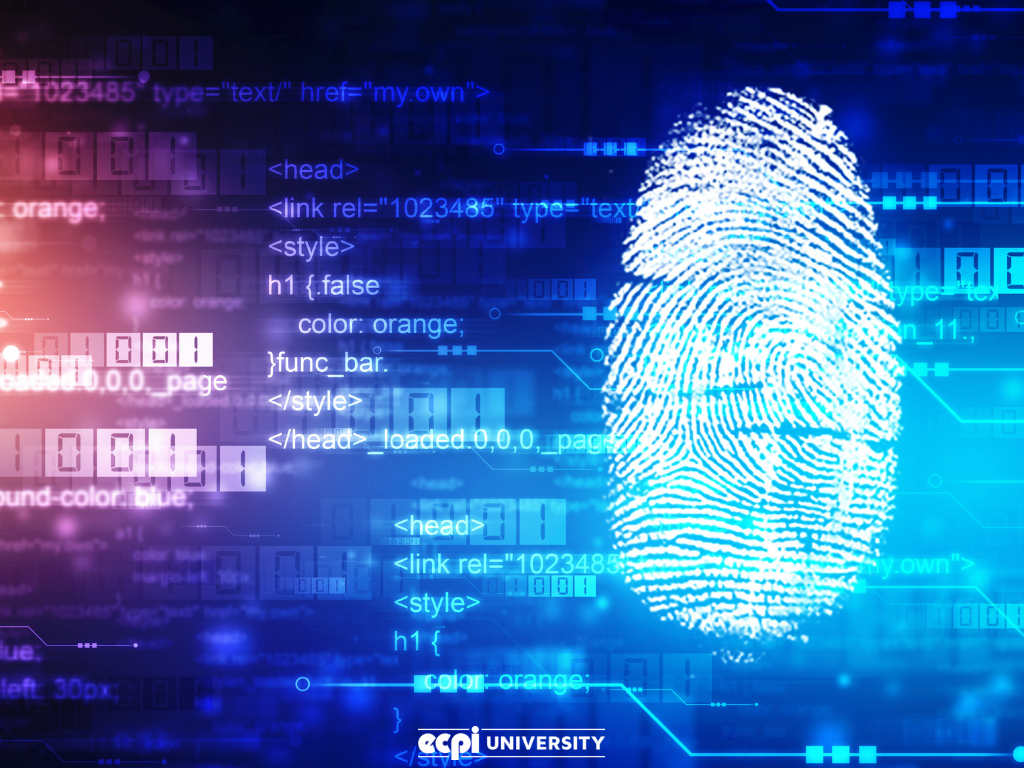Digital Forensics: A Comprehensive Guide
What is Digital Forensics?
Digital forensics is the process of collecting, analyzing, and preserving digital evidence related to cybercrimes, incidents, or other digital investigations. It involves using specialized tools and techniques to identify, extract, and analyze data from digital devices, networks, and systems.
Types of Digital Forensics
- Computer Forensics: Analyzing computers, laptops, and other digital devices for evidence.
- Network Forensics: Analyzing network traffic and logs to identify security incidents.
- Mobile Device Forensics: Analyzing mobile devices, such as smartphones and tablets, for evidence.
- Cloud Forensics: Analyzing cloud-based data and applications for evidence.
Digital Forensics Process
- Identification: Identifying potential digital evidence and sources.
- Preservation: Preserving digital evidence to prevent tampering or destruction.
- Collection: Collecting digital evidence from devices, networks, and systems.
- Analysis: Analyzing digital evidence using specialized tools and techniques.
- Reporting: Documenting findings and conclusions.
Digital Forensics Tools
- EnCase: A popular digital forensics tool for collecting and analyzing evidence.
- FTK (Forensic Toolkit): A digital forensics tool for analyzing and processing evidence.
- Volatility: A digital forensics framework for analyzing volatile data.
- Wireshark: A network protocol analyzer for capturing and analyzing network traffic.
Applications of Digital Forensics
- Cybercrime Investigations: Digital forensics is used to investigate cybercrimes, such as hacking, malware, and identity theft.
- Incident Response: Digital forensics is used to respond to security incidents, such as data breaches and system compromises.
- Litigation: Digital forensics is used in legal proceedings to analyze and present digital evidence.
- Compliance: Digital forensics is used to ensure compliance with regulatory requirements and industry standards.
Challenges in Digital Forensics
- Data Volume: The large volume of digital data can make analysis challenging.
- Data Complexity: Digital data can be complex and require specialized expertise to analyze.
- Encryption: Encrypted data can be difficult to analyze without the decryption key.
- Chain of Custody: Maintaining the chain of custody for digital evidence is critical to ensure its admissibility in court.
Best Practices in Digital Forensics
- Follow Established Protocols: Follow established protocols and procedures for collecting and analyzing digital evidence.
- Use Specialized Tools: Use specialized tools and techniques to analyze digital evidence.
- Document Everything: Document all steps taken during the investigation, including findings and conclusions.
- Maintain Chain of Custody: Maintain the chain of custody for digital evidence to ensure its admissibility in court.
Conclusion
Digital forensics is a critical component of cybersecurity and incident response. By understanding the principles and practices of digital forensics, organizations can effectively investigate cybercrimes, respond to security incidents, and ensure compliance with regulatory requirements. Whether you’re a cybersecurity professional, law enforcement officer, or digital forensics expert, digital forensics is an essential tool for protecting digital assets and investigating cybercrimes.
